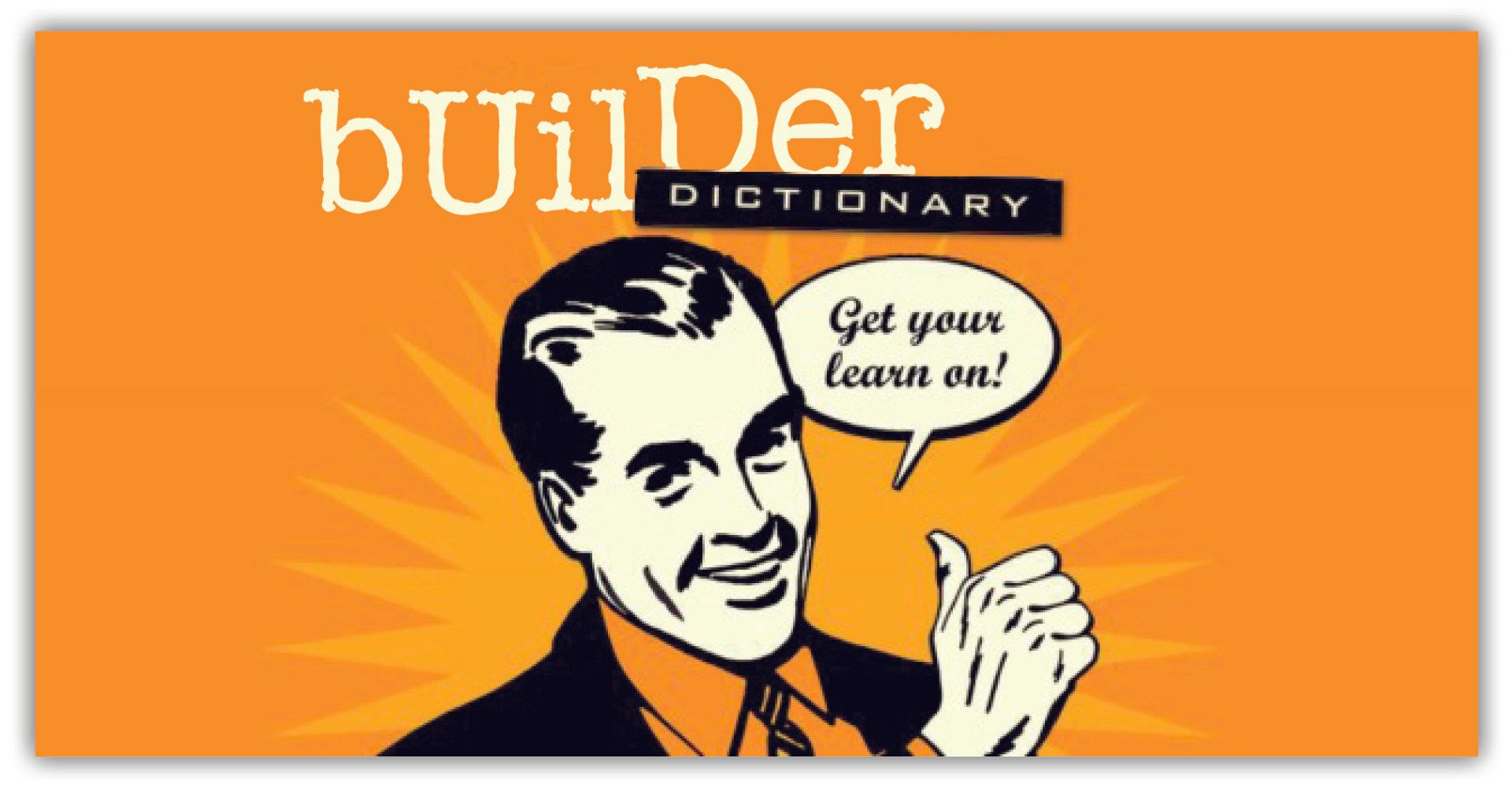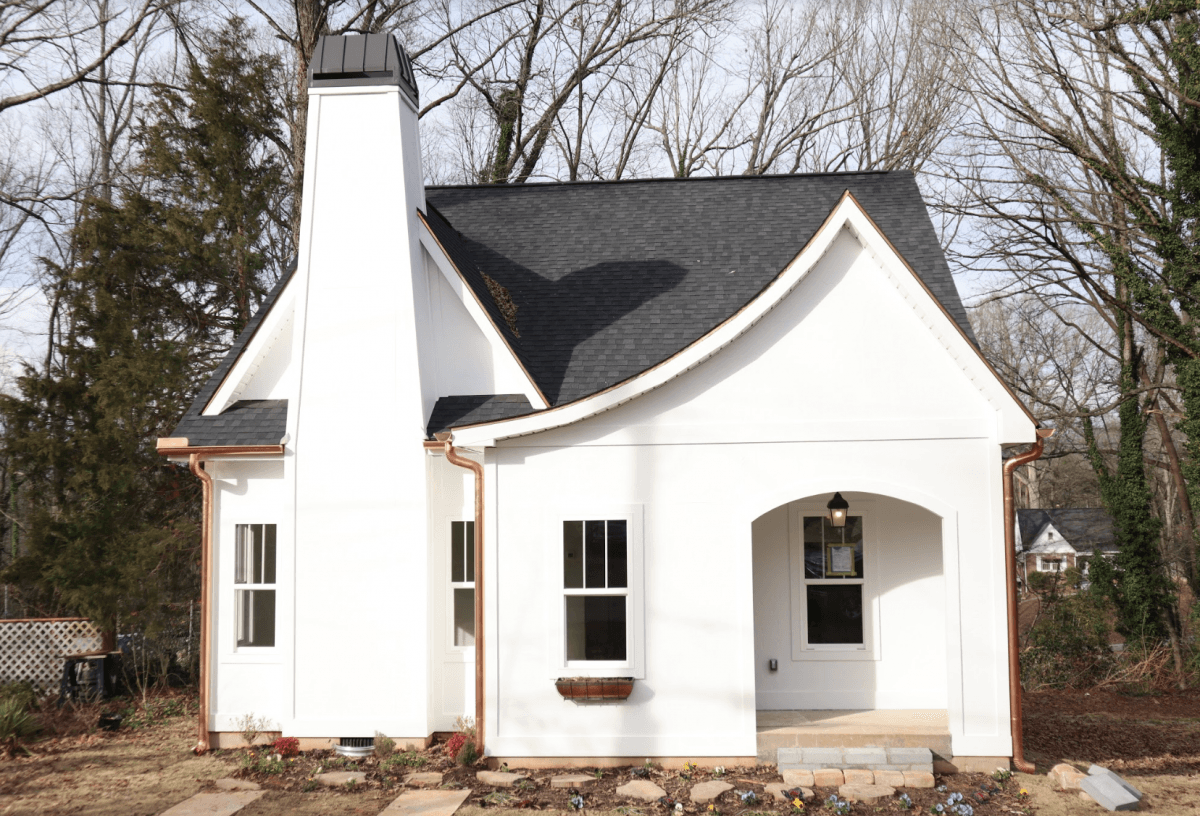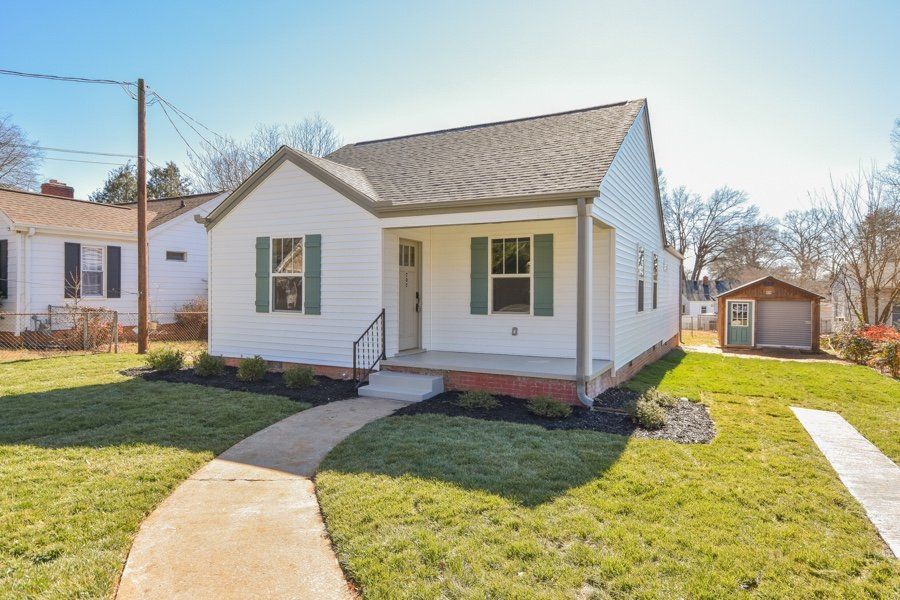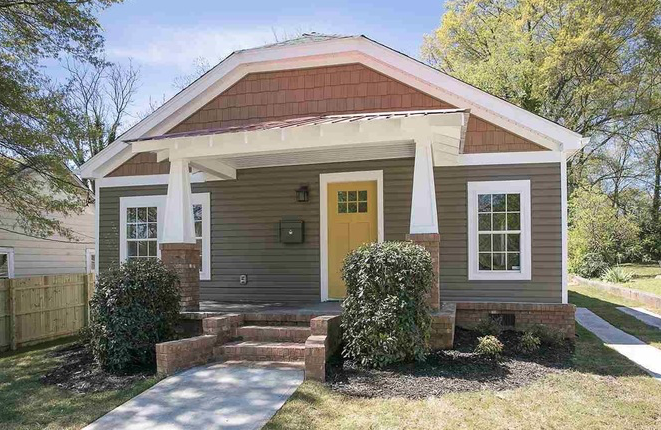Blog Layout
13 Builder Terms You Need To Know
Builder Terms
Builder terms can be one of the most intimidating parts of the construction process
From words that have always meant one thing and now mean something totally different, to builder terms that make absolutely no sense. Here are 13 builder terms that will surely allow your building experience to go smoothly.
Binder Money
AKA “Earnest Money” shows the builder that a buyer is serious about purchasing the home from the builder once the property is 100% complete. When the transaction is finalized, the funds are put toward the buyer’s down payment or credited back to the buyer if they are doing a loan with 100% financing.
Elevation
The exterior face of a home, including the materials (like brick or stone) used on that face. Typically
you get to choose from 3 or 4 different elevations, or architectural styles, in addition to a selection of colors for each of our plans. This will allow you to customize your new home.
Framing
The construction of the skeleton structure, or framework, of a house.
Floor Plan
An architectural drawing, showing the overall layout of a home. The size and shape of each room, as well as any optional configurations of those rooms, are shown on the floor plan. At Eastwood, most of our communities offer several plans from which to choose: single-story plans, two-story plans, etc.
HOA (Homeowners Association)
In many new communities, an association of homeowners is formed. The Homeowners Association is responsible for enforcing the rules and regulations of the community, and also for the maintenance and upkeep of any common areas, including community centers, swimming pools, health club facilities and landscaping.
Lot
Each new community is divided into individual lots, or home site’s. A lot is a surveyed and bounded plot of land that is set aside for a building. In most communities, a home buyer gets to choose their home site and the home plan that suits them best, with some restrictions to insure a varied neighborhood.
Master Plan Community
A large community, with homes built by several different builders, in a wide variety of prices. Master plan communities
usually include community centers, pools and other recreational facilities. Often there are commercial districts with shopping and entertainment within the master plan.
Phase
A group of home site’s within a community. Most home builders sell all the lots within the current phase before moving on to the next phase of the community. The benefit to the home buyer is that construction activity is focused in one small area at a time. When you move in to your new home, most of the construction for neighboring homes will already be complete. Builders “release” a new phase when the current phase is almost sold out. This means that there is now a completely new selection of lots available for purchase.
Punch List
A written list
of items which need to be fixed, repaired or replaced prior to the final walk-through.
Pre- Start
Before a house physically begins, there can be anywhere from 4-8 weeks of work that need to be completed. Though you will not phycially see progress, the builder is spending money and systematically completing a very thorough check list.
- Pulling Necessary Building Permits
- Ordering Materials Based On Your Selections
- Developing And Crafting the building schedule so the home is completed on time
- Completing a soil compaction test to ensure ground is suitable for building
Lot Fit
Ensuring that the floor plan selected fits between designated lot setbacks
and does not encroach on any utility or drainage easements
located on the property. (i.e. because the footprint of each home is different an official or unoffical lot fit should be performed to ensure the fitting)
Standard Feature
A specific item that is automatically included when you purchase a new home. Standard features may include a specific style of cabinets, or a specific type of countertops. A common misconception is that a “Standard Feature” is not paid for. Standard features are just automatically added to the base price of a home.
Walk-Through
A buyer’s final inspection of a newly built home prior to move-in. At Eastwood Homes, the walk-through includes an orientation with instructions on how to maintain certain items in the new home, as well as a review of the 10-year limited warranty coverage.
Warranty
A plan to fix or repair specific items of your home according to the warranty terms. At Eastwood Homes, we offer a 10-year limited warranty that includes a 10-year structural warranty; a two-year warranty on electrical components, heating or cooling systems, and plumbing; and a one-year warranty for all other components of the home. All elements of the warranty are reviewed with the homeowner at the time of the walk-through. This is by and large the greatest reason to buy a new home.
What builder terms do you have questions about?
January 11, 2018
https://www.youtube.com/watch?v=2PAVxShm-9w&app=desktop
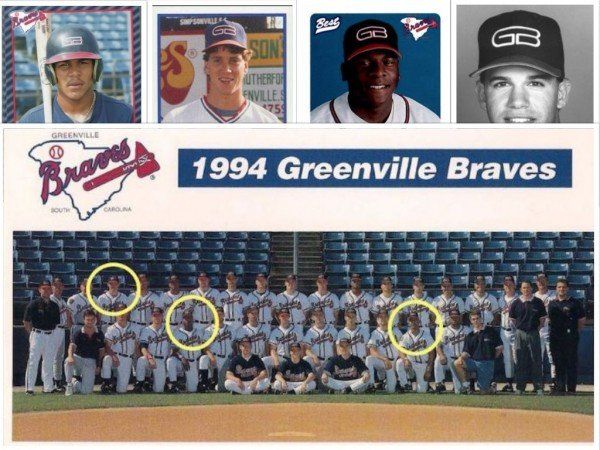
November 7, 2017
Do you remember going to a Greenville Braves game at the Greenville Municipal Stadium? I know I do, they were such a major staple here in the city before we were the “booming metropolis” in the state. So many nights at the park with my glove, Greenville Braves hat, and a bunch of those ice creams in the upside down helmet (you know what I’m talking about). The team had their highs and lows throughout the years, with arguably their best season coming in 1992. A few of the guys on this list help guide them into the history books in becoming the Southern League’s first 100-game winner. So without further ado, here are some of the biggest names in baseball (in no particular order) to come through # yeahTHATgreenville !
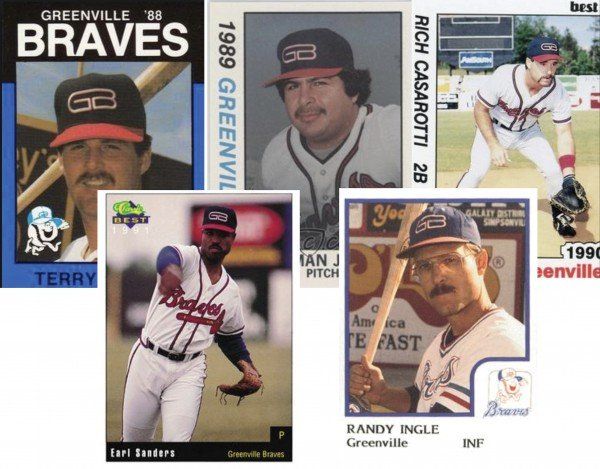
November 3, 2017
Some of us remember the days before “#yeahThatGreenville,” the days when we were just little ole’ Greenville, SC. Entertainment was simple back then, anyone between the ages of 5 and 65 spent Friday nights right off of Mauldin Road at Greenville Memorial Stadium. Mauldin was home to our AA Greenville Braves, or “G-Braves” if you were local. Greats like Chipper Jones & Tom Glavine to the “shy & humble” closer from Georgia, John Rocker, those games were star-studded. Looking back on how many G-Braves actually made it to the “Bigs,” makes me even more proud of Greenville, SC. So if you are new(ish) to Greenville and want to be able to wear the Old Greenville Braves hat with confidence, here are 7 facts that should catch you up.

December 16, 2016
With the holidays literally right around the corner, you’re probably scouring shops and websites for the perfect local Christmas gift for everyone on your list. But look no further; we’ve rounded up a list of homemade, handcrafted and hand-stitched gifts made right here in our home town of Greenville, SC . This list of 9 local Christmas gifts is sure to cover everyone on your list!

July 14, 2016
Have you caught on to the virtual gaming craze , Pokemon Go, that has revived a beloved 1990s Nintendo game and nearly knocked Twitter off its pedestal? The former kids’ gaming sensation was launched by Niantic as a mobile app for adults last week in the U.S., Australia and New Zealand. Greenville Reddit users have provided an assist for those residents wanting to scour every corner of town for “Pokemon Go” points by compiling a user-friendly Google map of about 150 Pokestops at gyms, offices and businesses across the city. If you are into Pokemon Go in Greenville make sure to head downtown, where there is an influx of pokemon, pokestops, and pokegyms. Check out the crowdsourced map below for dozens of specific locations. If you have another spot, feel free to add it to the map.
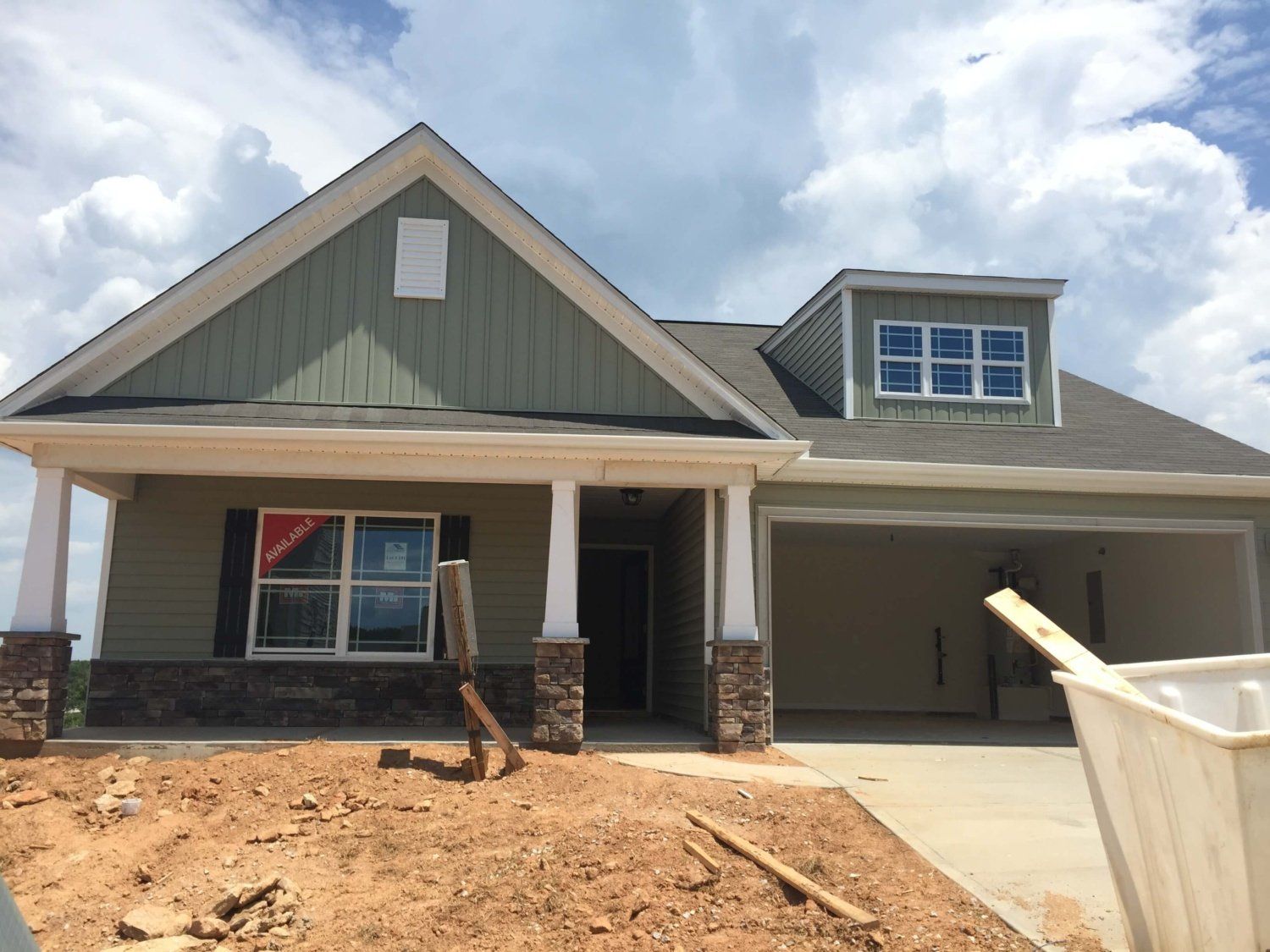
July 11, 2016
New construction is a desirable option for several reasons, but finding a new home for sale in Simpsonville, SC that is move in ready and under $200,000 is not an easy task. Here are 5 brand new homes for sale in Simpsonville, SC 29680 under 200k. From a “Charleston Style” home with tons of upgrades, to a traditional one-story with a bonus room on a cul-de- sac lot, this list has something for everyone. Currently Eastwood Homes is also contributing up to $6,000 if buyers use one of three preferred lenders. [metaslider id=18322]
© 2022 BuildGREENville.com | All Rights Reserved
@hayeswynndesign

